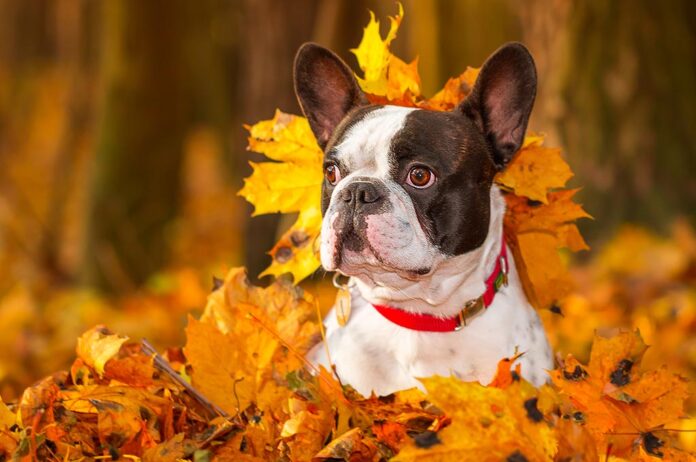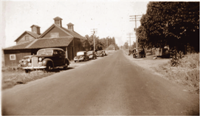We’ve reached that time of the year where the trees are bursting with color – the reds, oranges, and yellows mixed with green, ready to usher us into the fall season.
But what to do when all the leaves come down? Here are some dos and don’ts for cleaning up after our trees:
Do NOT blow or rake leaves into the street.
As tempting as it may be, this is not a good option for several reasons:
Moving leaves into the street may get them out of your yard, but they eventually end up somewhere. For city streets, this usually means the storm drains. These drains can become clogged or blocked, resulting in flooding. Water quality can be affected by the accumulation of decayed leaves in storm drains. Stormwater is not treated before it is discharged into local waterways (like Hedges Creek and the Tualatin River), so the concentration of nutrients in the leaves can contribute to wildlife habitat disruption.
Leaves in the street are a safety hazard. There is no way of knowing the road conditions under the leaves, so pedestrians and bicyclists may slip/trip in the debris, or be forced to move farther out into the driving lanes, which can be dangerous.
Leaves in the street can causes issues for the street sweeper, whose job it is to keep our city roadways clean and free of debris. Street sweeping is intended to keep natural leaf fall on public streets at bay – not clear large manmade leaf piles from residences and businesses.
It isn’t allowed. As outlined in the Tualatin Municipal Code, no person shall knowingly deposit yard debris onto another person’s property or in the public right-of-way, enforceable by up to a $500 fine. We know it can be difficult to control where the leaves go, so we have two asks – 1) please don’t purposely put leaves in the street, and 2) please make it a habit to clean up in front of your home, in an effort to keep neighborhood streets and drains safe and clear.
DO dispose of leaves in a variety of other ways:
Leave the leaves – and help the bees! Leaving them on the ground is a great low-effort option that provides habitat and food for wildlife, especially pollinators, during the winter months and improves soil health (did you know you can even get Backyard Habitat Certified? Check out www.backyardhabitats.org for more info). If you decide to leave them, please be sure to keep your sidewalk clear and passable.
Rake leaves into flower or garden beds. Several inches of leaf mulch can protect plants from winter cold. Some flowers can be kept in the ground with heavy mulching and the mulch cover can help protect winter root crops.
Make leaf compost. Simply rake leaves into a pile 3 feet wide and at least 3 feet tall and water thoroughly. Then let the pile sit for six months to one year, watering occasionally. Or, use a large plastic bag (just fill, seal, cut some slits for air flow, open and water occasionally). It is an excellent (and FREE!) soil amendment that is easy to make and simple to use.
Put the leaves in your green yard debris bin. Yard debris is picked up weekly with garbage and recycling. Since Tualatin is currently piloting curbside composting, you can even alternate layers of leaves and food scraps in your yard debris bin! If you have too many leaves to fit and don’t want to wait until the next week, consider using an extra-large paper bag specifically designed for yard debris (available online and at local stores). Just set it out next to your bins and Republic Services will collect it for a small additional fee.
Our free yard debris day this fall (courtesy of Grimm’s Fuel), is on November 11th from 9am-1pm. Mark your calendar and see the City website for more details. Don’t forget your food pantry donation!
For more info, visit us online at www.tualatin.gov/publicworks or give us a ring at 503-691-3091. Thanks for helping do your part to ‘leaf’ Tualatin’s streets and stormwater systems clean! Happy Fall!



















